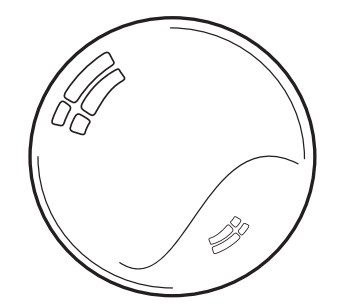In this activity students learn about minimal surface structures by trying to blow bubbles in many shapes.
If you play with bubbles and soap films, you’ll notice they come in predictable shapes. When floating around in the air, a bubble will become a sphere; and when in a flat bubble wand, a soap film is always flat, no matter the shape of the wand.
Bubble shapes are simple and predictable because deforming a bubble takes energy. Bubbles tend to spring back to the shape that is stretched as little as possible. That shape is called the minimal surface. That is why a free-floating bubble is a sphere—a sphere has the least surface area for a given volume of air. Another way to think about this is that a bubble is stretched most evenly as a sphere (as compared to an egg shape, or a cube).



